London's most beautiful suburbs? The Richmond villages that offer open spaces, gorgeous cottages and life on the river
They may be tiny, leafy and quiet, but the villages of Ham and Petersham have been ahead of the times for centuries, finds Carla Passino.


Seen from the Thames, Ham House is a mere impression of a building, a glimpse of red, the shadow of a chimney peeking from behind the trees that so irritated Horace Walpole. ‘The house was so blocked up with trees and gates that you think yourself an hundred miles off and a hundred miles back,’ he complained in 1770.
Despite the uneasy relationship some of Ham House’s owners had with the river, there is no doubt the villages of Ham and Petersham are inextricably entwined with both the Thames (there had been a settlement here since the upper Palaeolithic) and the estate itself, which at one time spanned 640 acres from Richmond to Kingston.
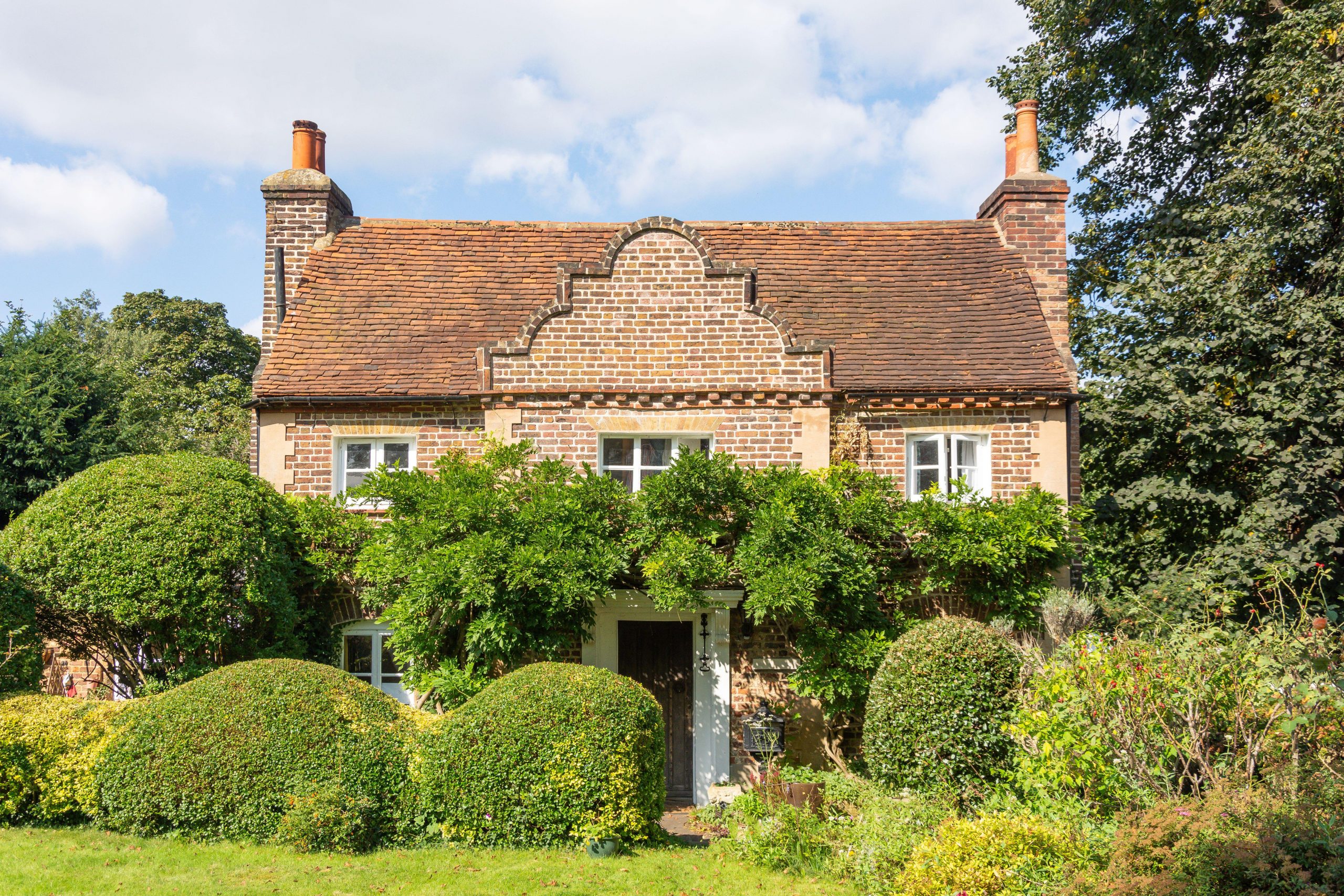
Originally built in 1610 for Thomas Vavasour, Knight Marshal to James I, Ham House belies its name and stands on land that belonged to the manor of Petersham, creating an ideal link between the two villages. ‘[The estate] was only leased by Vavasour at the time, so it was quite a ballsy move to build such a big house on land you didn’t own,’ says property curator Hannah Mawdsley. Vavasour’s gamble was William Murray’s gain.
A close childhood friend of Charles I’s, he leased the estate from 1626 and, in the late 1630s, redecorated the house using the same craftspeople as the King—unwittingly providing posterity with an insight of what the Royal Palace at Whitehall (which burned down in the 1690s) might have looked like. The miniature-studded Green Closet, in particular, is a window on the world of 17th-century collecting and on Charles I’s own taste, as there is evidence that Murray and the King swapped paintings.
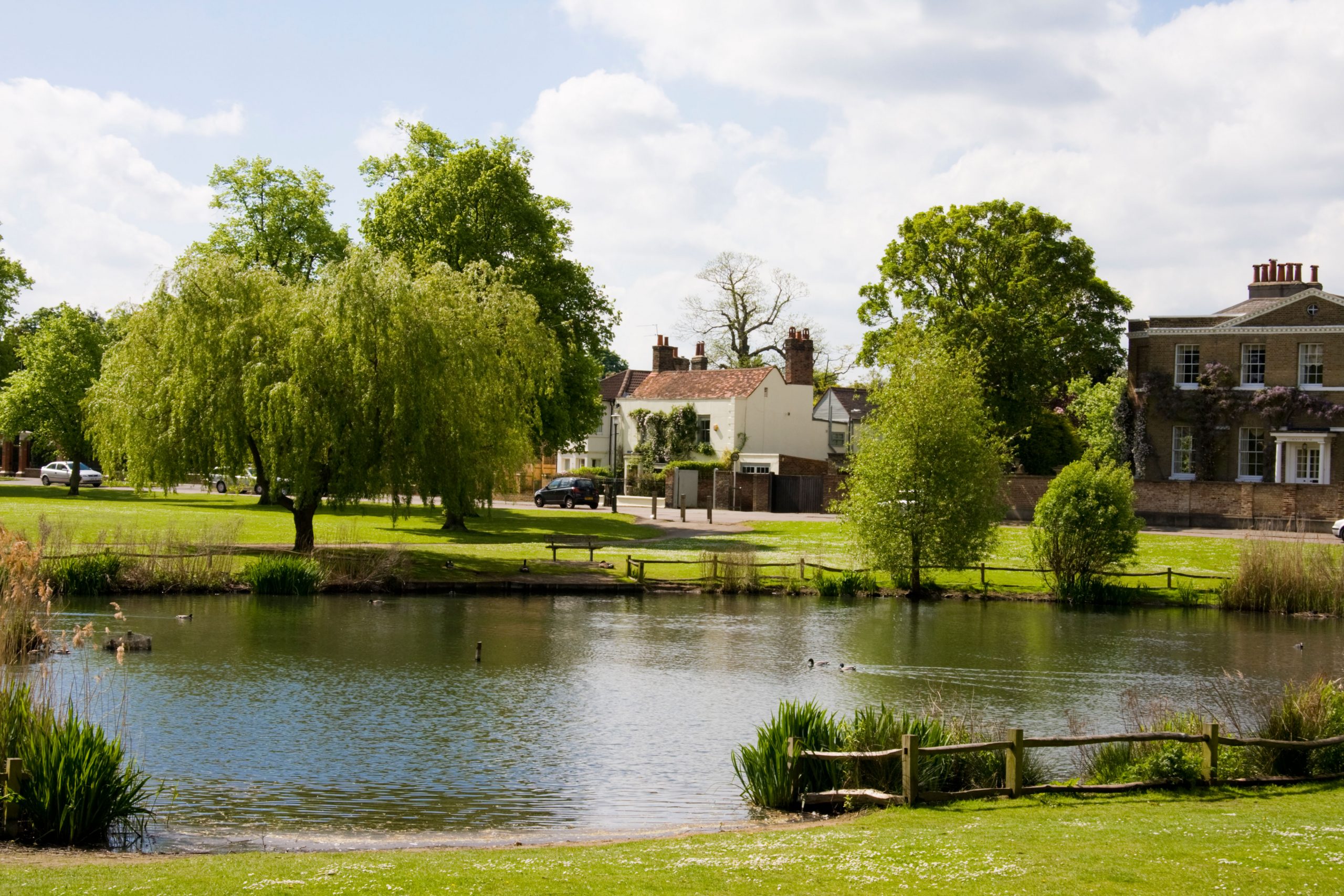
Being granted a Scottish title, Earl of Dysart, Murray was able to pass it to his daughter, Elizabeth, who later became Duchess of Lauderdale. A formidable woman, she managed to prevent the house being sequestered by the Parliamentarians after Charles I was executed. She is buried in Petersham’s tiny, Grade II*-listed St Peter’s Church, which charmed Pevsner for its pre-Victorian interior, but her presence still marks the house many centuries later, not least because she was far ahead of her times and had a ‘bathing roome’ built for her own use.
However, some say she may have left something more than a bathroom, as story has it that her King Charles spaniel still haunts her former home: ‘There’s a legend that once we had a complaint from a visitor who had been told that dogs weren't allowed in the house yet she’d just seen [one]—and was very surprised to hear “that was not a real dog,”’ recalls Dr Mawdsley (although she’s quick to add she’s never seen any ghostly happenings herself).

The Duchess also expanded the estate and, today, Ham House splits two green expanses that were once its domain: towards Kingston, the Ham Lands Nature Reserve, which in spring explodes into a riot of wildflowers, and, on the Richmond side, the Petersham Meadows, where cows still graze in summer, helping to preserve the views that so inspired Turner and Reynolds.
Exquisite houses, the beauty of Nature, and how to get the most from your life, straight to your inbox.
Walking the sequence of footpaths that link Ham House to Ham Common, another nature reserve, it’s hard to imagine that the Ham Polo Club’s perfectly manicured grass, full of pretty ponies, was once a large orchard that kept the house fed. At the end of the avenue, however, Ham Common—its triangular green embroidered with pretty Georgian houses, the woods beyond thick with mighty oaks—looks as if it could be a slice of 18th-century London (although it has changed much in the past 80 years).
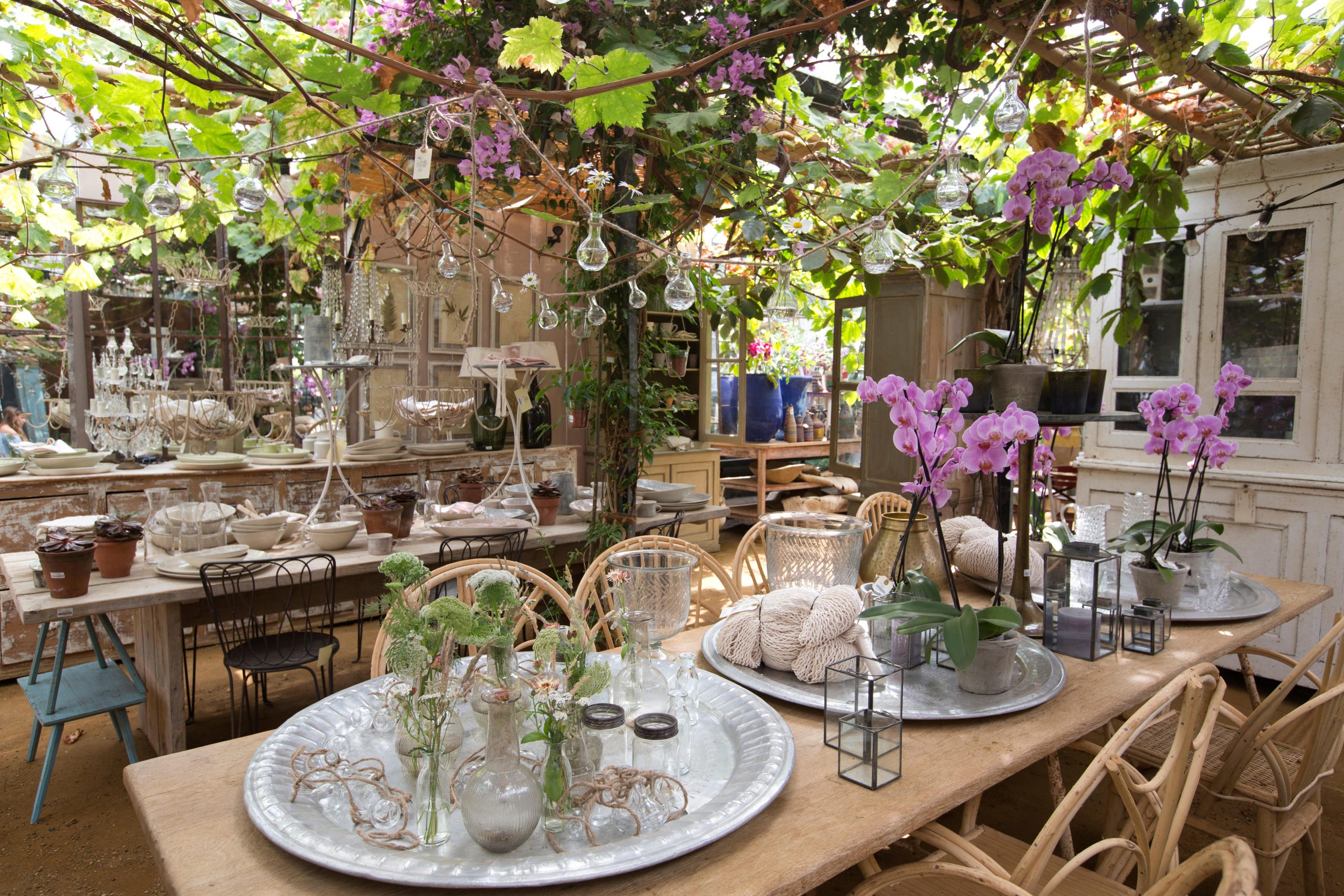
By the 1700s, many of the country’s great and good had discovered this picturesque stretch of countryside, including John Campbell, 2nd Duke of Argyll, who had Sudbrook House built in the Petersham portion of Richmond Park, almost opposite Ham Common, in about 1725. Now listed Grade I, the building is the august clubhouse of the Richmond Golf Club, which has a members’ roster to match its grand home—among others, George VI was captain in 1924, when still Duke of York, and the Queen Mother was the patron until her death.
Despite their undoubted decorative value, the relationship between the big houses—particularly Ham House—and the local commoners wasn’t always idyllic. The 9th Earl of Dysart, explains Dr Mawdsley, tried to enclose the common grazing land, but the villagers managed to fight him off. Today, the local council (Richmond for Petersham and part of Ham, with the rest falling into Kingston) puts up its own ‘enclosure’ every March, fencing off a portion of Church Road, but residents are unlikely to complain—the reason the road is off limits is to allow safe passage to the toads that live on Ham Common, who migrate to reach the pools where they will spawn.
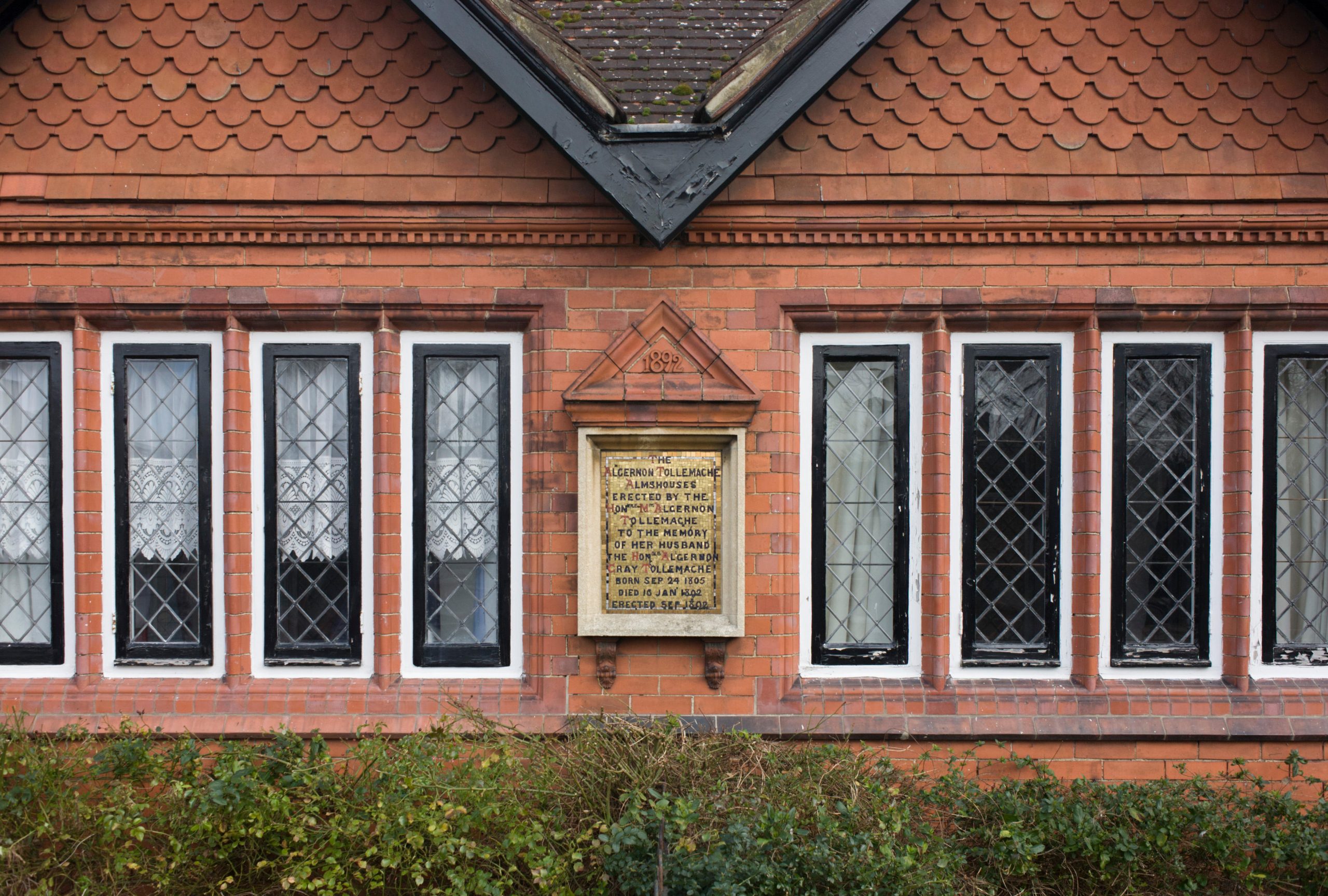
This is the kind of thoughtfulness you’d have expected of the Concordium, a vegetarian commune that made its home at Alcott House, on Ham Common, in the 19th century. Founded by followers of mystic James Pierrepont Greaves, the community combined socialist and almost monastic elements, renouncing property, luxuries and even cooked food to embrace a life of austerity. Nonetheless, Alcott House’s raw-cabbage meals might have become too much to bear, or perhaps it was the early morning wake-ups and the cold baths, but, by the mid 1840s, the commune had broken up, putting an end to an experiment that anticipated today’s trend for a plant-based, raw-food diet by 200 years.
The villages were still rural when Country Life visited Ham House in 1899, praising it for its ‘umbrageous beauty’, but the early 20th century changed all that. Gravel pits sprung up along the river and an aircraft factory opened off Ham Common, sending planes—first Sopwith Snipes, Dolphins and Salamanders, then, after a spell producing lorries and military trucks, Hawker Hunters and Harriers—to bases across the world. Ham remained at the cutting edge of military aviation for decades, designing new aircraft and testing them for stress and fatigue with the Mithraeum structural test frame, until the factory closed in 1992, making way for housing.
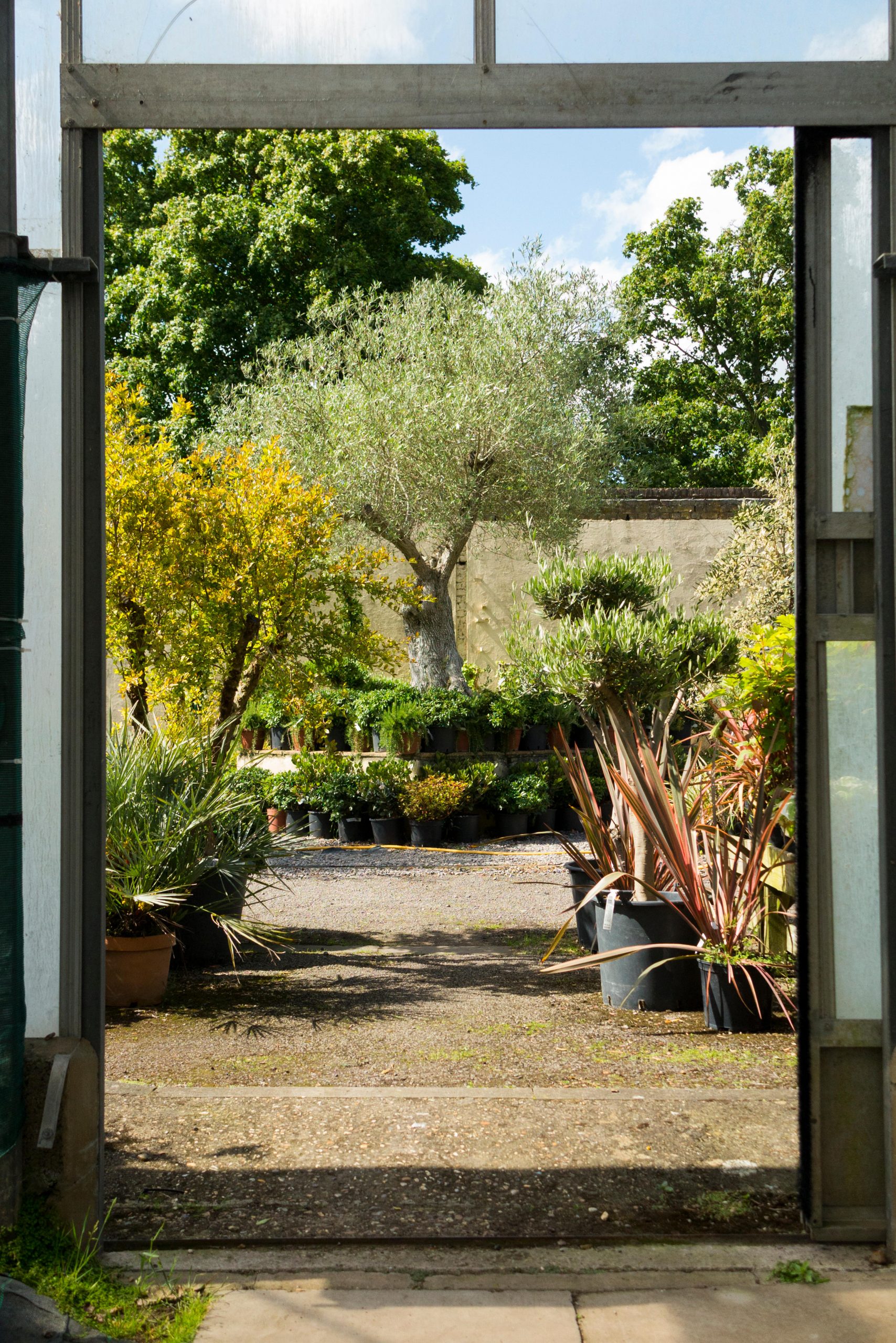
The area had already expanded by then, having acquired its most famous development in the 1950s. When pretty Langham House—once home to the Marquess of Tweeddale—was sold, some of its land went to a developer, who tasked the then fledgling firm of Brutalist architects James Gowan and James Stirling with designing three blocks of flats.
Their ‘new tough style’ gained great acclaim, leading Langham House Close to beat its 18th-century namesake by a star—it’s listed Grade II*, against Langham House’s Grade II listing. After baths, vegetarianism and military jets, the one-time rural backwater had once again spearheaded innovation.
Carla must be the only Italian that finds the English weather more congenial than her native country’s sunshine. An antique herself, she became Country Life’s Arts & Antiques editor in 2023 having previously covered, as a freelance journalist, heritage, conservation, history and property stories, for which she won a couple of awards. Her musical taste has never evolved past Puccini and she spends most of her time immersed in any century before the 20th.

